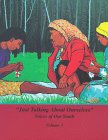What do you see from your window? This #OwnVoices picture book from Brazil offers a first-hand view of what children growing up in the favelas of Rio de Janiero see everyday. A vibrant and diverse celebration of urban community living, brought to life by unique, colorful illustrations that juxtapose brick buildings with lush jungle plants.
Urban life
Me, Toma and the Concrete Garden
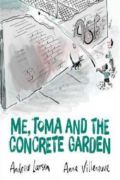
Bestselling author Andrew Larsen brings a light touch and gentle humor to this picture book story about several kinds of growth — of the boys and their friendship, the flowers in the newly thriving lot, and the community that comes together around it. Award-winning artist Anne Villeneuve’s illustrations add a visual layer to the storytelling as they show the transformation from mostly gray to vibrant color, both literally, in the blossoming garden, and figuratively, in the now engaged neighborhood. This book highlights the value of connecting to nature, even in urban areas, and the sense of community that comes from civic engagement. It’s an excellent choice for character education lessons on kindness, generosity and citizenship.
The Promise
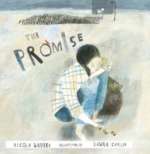
On a mean street in a mean, broken city, a young girl tries to snatch an old woman’s bag. But the frail old woman, holding on with the strength of heroes, says the thief can’t have it without giving something in return: the promise. It is the beginning of a journey that will change the thieving girl’s life — and a chance to change the world, for good.
Join the discussion of The Promise as well as other books centered around relocation on our My Take/Your Take page.
This book has been included in WOW’s Kids Taking Action Booklist. For our current list, visit our Boolist page under Resources in the green navigation bar.
Watch Me Grow!
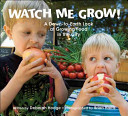
A charming introduction in words and photographs to growing food in the city. The focus is on raising food in cities, where it can be grown anywhere on windowsills, balconies, yards, boulevards and even rooftops. Children follow the food, from planting and tending to harvesting and eating. Kids also read about sharing in community gardens and community kitchens and about the friendships and sense of caring that grow as people tend their city gardens.
Just Talking About Ourselves: Voices Of Our Youth (Just Talking About Ourselves , Vol 3)
Ball Don’t Lie
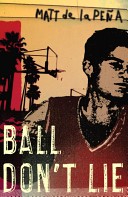
Sticky is a beat-around-the-head foster kid with nowhere to call home but the street, and an outer shell so tough that no one will take him in. He started out life so far behind the pack that the finish line seems nearly unreachable. He’s a white boy living and playing in a world where he doesn’t seem to belong. But Sticky can ball. And basketball might just be his ticket out . . . if he can only realize that he doesn’t have to be the person everyone else expects him to be. A breakout urban masterpiece by newcomer Matt de la Peña, Ball Don’t Lie takes place where the street and the court meet and where a boy can be anything if he puts his mind to it.
Maniac Magee
When Jeffrey Lionel Magee, a twelve-year-old kid, wanders into Two Mills, Pennsylvania, a legend is in the making. Before too long, the stories begin to circulate about how fast and how far he can run, about how he knocks the world’s first ever “frogball” for an inside-the-park-home run bunt, and more stories that earn him the nickname “Maniac”.
In Nueva York
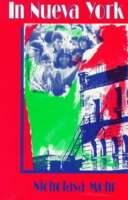
Stories of New York’s Puerto Rican barrio.
The Boy without a Flag: Tales of the South Bronx
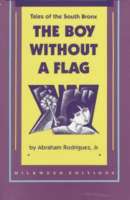
The violent world of the underclass and the daily battle with hopeless poverty, drug addiction, and other urban horrors come vividly to life in a collection of stories about being young and desperate in the South Bronx. A first collection. Original.
El Barrio
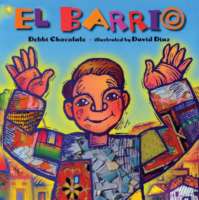
Join a young boy as he explores his vibrant neighborhood. The city shimmers with life—at once a party, a waltz, and a heartbeat. El Barrio is his sister preparing for her quinceañera, his grandfather singing about the past, and his cousins’ stories from other lands. The city is alive with the rhythms of the street. Told in lyrical language and through bold, colorful illustrations, this celebration of Hispanic culture and urban life is sure to fire children’s curiosity about where they live and what they can discover in their own neighborhoods.

